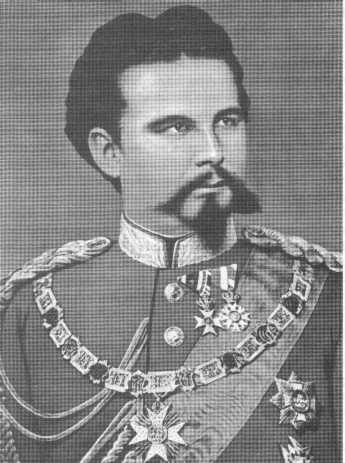
Anth 3130: Archaeology and Society
2 Feb 2006... happy Groundhog Day!
Announcements / Admin
For Next Week - Note: The Syllabus has an error on it.... It says Feb 19 but should read Feb 9, i.e. next week's reading is Skeates 2004 Ch 4, Ch 5, Ch 6: pp 57-124
Also for next week: There will be a quiz worth 2%. Be prepared to briefly summarize the challenges to the preservation of archaeological sites, as described in Skeates chapter 4.
Major Assignment - Preliminary Details for Proposal/Essay/Poster Ensure you received the handouts from class about the Anthropology citation system and avoiding plagiarism.
Reading for today was: Skeates 2004 Preface, Ch 1, Ch 2, Ch 3: pp 7 - 56, Defining the archaeological heritage, Owning the archaeological heritage, Protecting the archaeological heritage
Homework for this week - worth 3% of your seminar participation mark - Write a short (350-500 word) reflection comparing the attitudes towards the past in the first three chapters of the Skeates book with the Holtorf book. Considering their overall approach to the past: How are their views similar? How are they different? Explore any aspect. For specific points or quotations, cite your sources carefully, as you would for an essay. Check these guidelines if you don't know the anthropology system.
SKEATES
Chapter 1: Defining the Archaeological Heritage: Here, Skeates demonstrates that ‘archaeological heritage’ is a flexible term that tends to incorporate different meanings: (a) “the material culture of past societies that survives in the present” (p 9), and (b) “the process through which the material culture of past societies is re-evaluated and re-used in the present” (pp 9-10). But there are a host of different operational definitions used by organizations like UNESCO, national governments, and by professional archaeologists, and by indigenous peoples. One of the key points here is that how we define “heritage” and “heritage really worth protecting” has a profound effect upon archaeological sites and those who care about them. Another key point is that “archaeological heritage” and “cultural heritage” are not always easily separated. “Archaeological” tends to imply that it something belongs to the past, but this is not always the case in practice.
Chapter 2: Owning the Archaeological Heritage: In this chapter, Skeates outlines the competing interest groups who have a stake in the past, and some of the controversies over the custody of archaeological remains. The interest groups include indigenous peoples, museum professionals, national and regional governments, international organizations like UNESCO, professional archaeologists and physical anthropologists, and private collectors (p 19). The long-running and very important disputes include those around Native American human remains (p 22-30), and the Parthenon Marbles (p 30-37). Each of these disputes has posed huge ethical and legal challenges to the status quo, and they are changing archaeology, anthropology, and museology profoundly. They are far from fully resolved.
Chapter 3: Protecting the Archaeological Heritage: This chapter is concerned with threats to archaeological heritage, particularly the looting and illegal trade of antiquities. Contributing factors include devastated traditional economies in under-developed parts of the world, ‘easy money’ for the unscrupulous in the developed world, the international art and antiquities market, the rising demand from private collectors, and the idea that everyone has the right to personally own part of the past. Laws and international conventions designed to protect antiquities are emerging frequently, but are often ineffective; changes in attitude among sellers and buyers are needed.
Authenticity
Wiarton Willie - authenticity and commemoration http://www.cbc.ca/news/background/groundhogday/ , http://www.cbc.ca/stories/2003/09/23/willie_killer030923
The Vasa
http://www.vasamuseet.se/Vasamuseet/Om/Museet.aspx?lang=en see Look Around.
Back to Schliemann:



Minoan Snake Goddess:
http://witcombe.sbc.edu/snakegoddess/, http://www.archaeology.org/0101/abstracts/goddess.html
http://ccat.sas.upenn.edu/bmcr/2003/2003-02-36.html
FORGERY: “Israel indicts ossuary owner on fraud charges.”
http://www.ctv.ca/servlet/ArticleNews/story/CTVNews/1104337302702_29/?hub=SciTech
For background, read this from the ROM’s highly publicized display of the ossuary two years ago. http://www.rom.on.ca/ossuary/ossuary_intro.html
The Red List of Heritage at Risk: http://icom.museum/redlist/
Stealing History:
www.mcdonald.cam.ac.uk/IARC/Display/Interactive.htm
Cycladic Figurines: http://harpy.uccs.edu/greek/crete.html
George Ortiz: http://www.georgeortiz.com/aasite/
Weary Herakles: http://www.mcdonald.cam.ac.uk/IARC/Display/Heracles.htm
Lydian Treasure/ Lydian Hoard: http://www.about-turkey.com/karun/main.htm